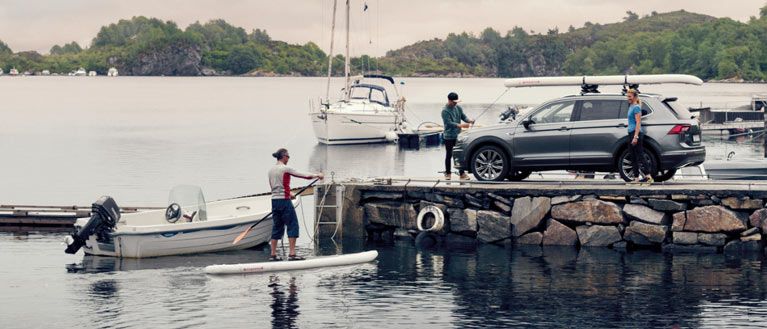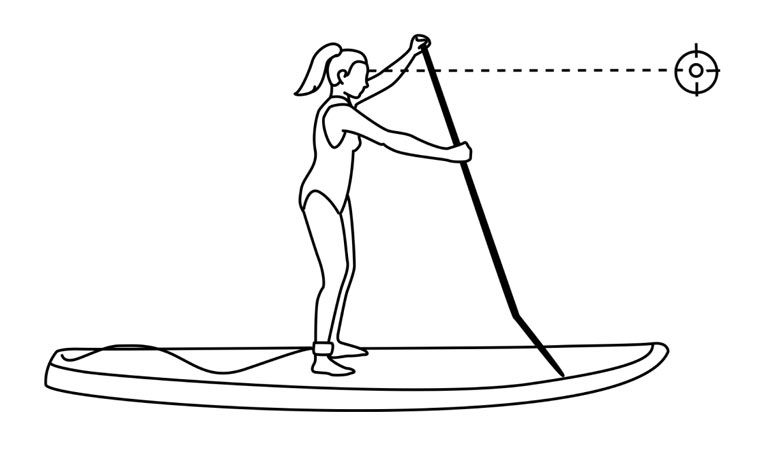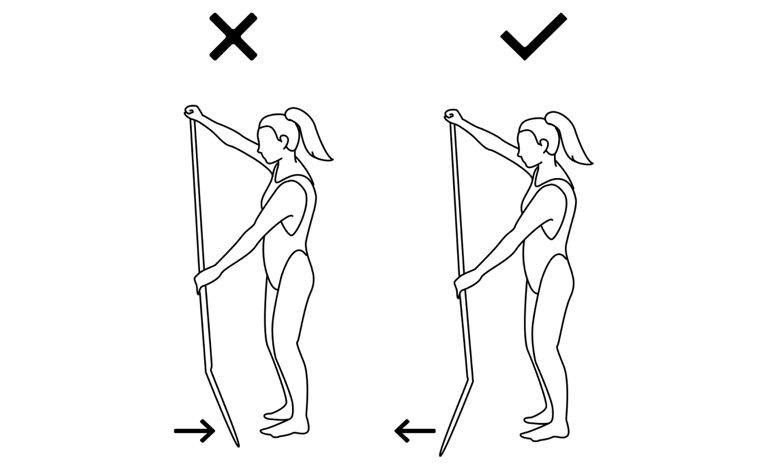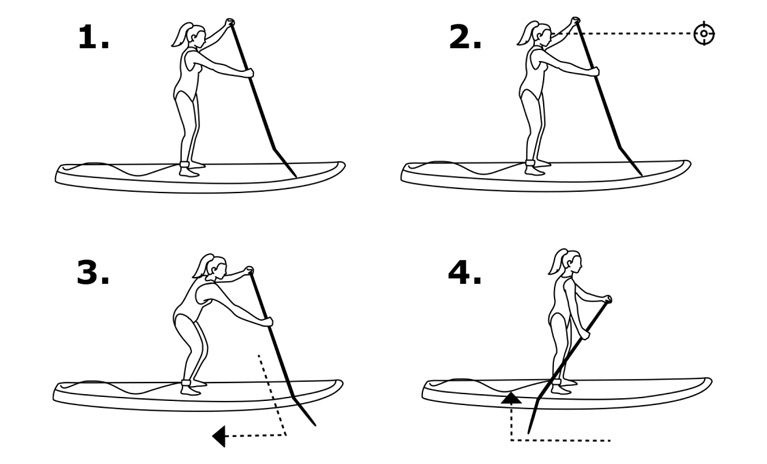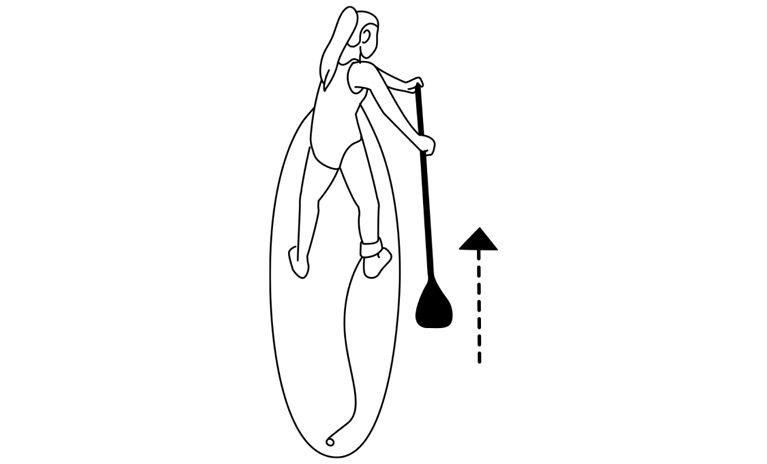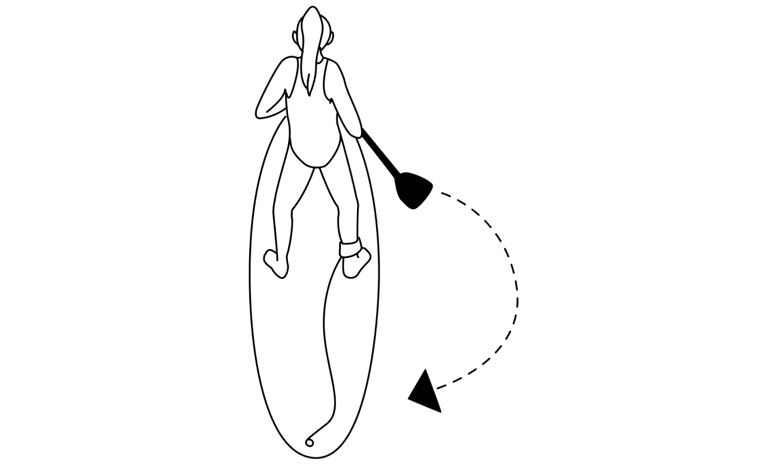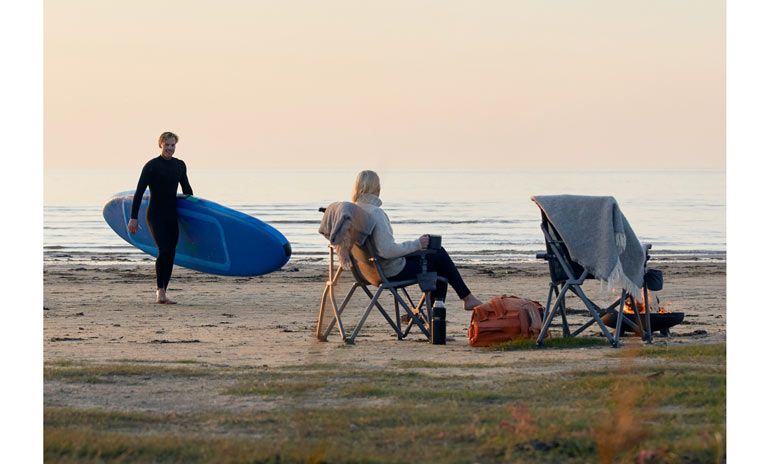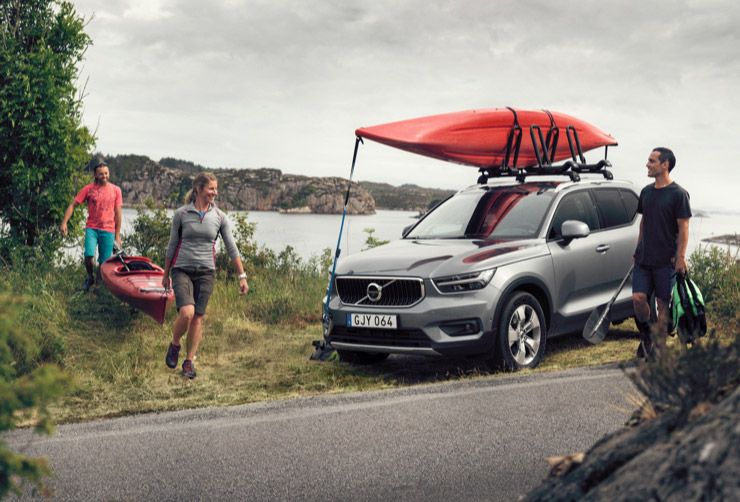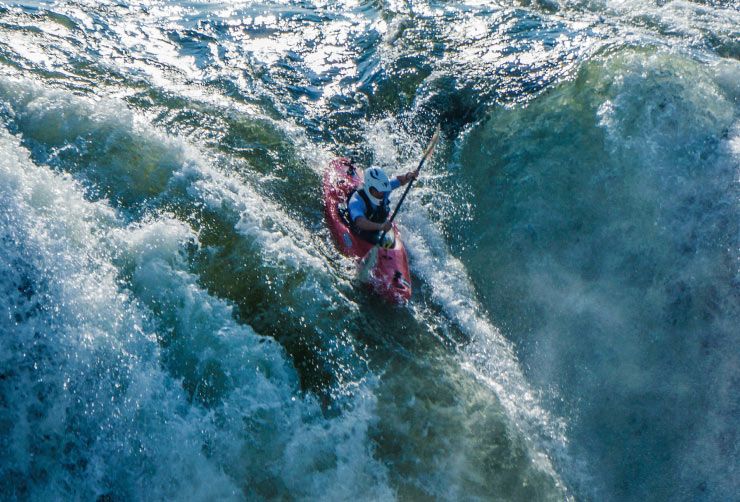Get out on the water with these simple tips on how to stand up paddle board!
The standup paddle board (or SUP) is a great paddling sport for beginners that is easy to get the hang of. But don’t that fool you! Stand up paddling works almost all the muscles groups in your body.
Paddle boarding is also a great way to explore a remote river or local coastline. And with an inflatable paddle board it’s easier than ever to bring your board on every adventure.
If you’re new to stand up paddle boarding, don’t fret! With our simple tips and tricks, you’ll be heading out to the water’s edge in no time.
In this text:
